Williamnagar, nestled in the serene landscapes of Meghalaya, India, is a destination that beckons travelers with its untouched beauty, rich cultural heritage, and tranquil ambiance. This small yet enchanting town offers a perfect escape for those seeking solace amidst nature while immersing themselves in the traditions of the local communities. Whether you are an avid adventurer, a history enthusiast, or simply someone looking to unwind, Williamnagar has something special for everyone. In this comprehensive guide, we will explore the top 5 places to visit in Williamnagar , delving deep into their unique features, historical significance, and why they deserve a spot on your travel itinerary.
1. Siju Caves: The Hidden Marvel Beneath the Earth
Discovering Nature’s Underground Wonders
The Siju Caves , located near Williamnagar, are among the most fascinating natural attractions in the region. These limestone caves stretch over several kilometers and offer a surreal experience for explorers. As one of the longest cave systems in India, Siju Caves have earned their reputation as a geological wonder.
Upon entering the caves, visitors are greeted by intricate formations of stalactites and stalagmites that glisten under dim light. The air inside is cool and refreshing, providing a stark contrast to the humid climate outside. For adventure seekers, navigating through narrow passages and uneven terrain adds an element of thrill to the exploration. However, it is advisable to hire a local guide who can ensure safety and provide insights into the cave’s history and formation.
Historical Significance and Local Legends
Beyond its natural allure, the Siju Caves hold immense cultural importance for the Garo tribe, the indigenous people of the region. According to local folklore, these caves were once used as shelters during tribal conflicts and invasions. Some even believe that hidden chambers within the caves contain ancient artifacts, though none have been discovered so far.
“The Siju Caves are not just rocks and minerals; they are living testaments to the resilience and ingenuity of our ancestors.” – A local elder from Williamnagar.
Tips for Visitors
- Wear sturdy shoes suitable for uneven surfaces.
- Carry a flashlight or headlamp, as lighting inside the caves is minimal.
- Respect the environment by avoiding littering or damaging the delicate formations.
In-Depth Exploration of Siju Caves
To fully appreciate the magnificence of the Siju Caves, it’s essential to understand the geological processes that shaped them over millions of years. The caves were formed through the dissolution of soluble rocks such as limestone, dolomite, and gypsum. Over time, water seeped through cracks in the rock, gradually widening them into the expansive caverns we see today.
One of the standout features of the Siju Caves is the Bat Cave , where thousands of bats roost during the day. Observing these creatures in their natural habitat is a unique experience, especially for wildlife enthusiasts. Additionally, the caves are home to various species of insects and amphibians that have adapted to the dark, damp environment.
For those interested in geology, the Siju Caves offer a rare opportunity to study karst topography—a landscape characterized by sinkholes, underground streams, and caves. Geologists often visit the site to conduct research on the region’s mineral composition and tectonic activity.
Cultural Immersion Around Siju Caves
The area surrounding the Siju Caves is dotted with small villages inhabited by the Garo people. Engaging with the locals provides valuable insights into their way of life, including traditional farming techniques, weaving practices, and culinary customs. Many villagers sell handmade crafts and souvenirs, making it easy to take a piece of Williamnagar back home.
2. Simsang River: A Serene Escape Amidst Verdant Landscapes
Exploring the Lifeline of Williamnagar
Flowing gracefully through the heart of Williamnagar, the Simsang River is more than just a water body—it is the lifeline of the region. Known for its crystal-clear waters and lush green surroundings, the river serves as a hub for both recreation and spirituality. Locals often gather along its banks to perform rituals, celebrate festivals, and engage in daily activities like fishing and washing clothes.
For tourists, the Simsang River offers numerous opportunities to connect with nature. Kayaking, canoeing, and swimming are popular activities here, especially during the summer months when the weather is pleasant. The calmness of the river also makes it an ideal spot for meditation and photography.
Wildlife Encounters Along the Riverbanks
The area surrounding the Simsang River is teeming with biodiversity. Birdwatchers will be delighted to spot species such as kingfishers, herons, and egrets perched on tree branches overlooking the water. If you’re lucky, you might even catch a glimpse of otters playing near the shore or monitor lizards basking in the sun.
Why You Should Visit
The Simsang River embodies the essence of tranquility and harmony with nature. Its unspoiled beauty provides a much-needed respite from the chaos of urban life. Whether you choose to dip your toes in the cool waters or simply sit back and admire the scenery, the river promises an unforgettable experience.
Activities Beyond Relaxation
While relaxation is a key draw of the Simsang River, there are plenty of other activities to keep you engaged. For instance, guided boat tours allow you to explore hidden corners of the river that are inaccessible by foot. During these tours, knowledgeable guides share stories about the river’s role in shaping the region’s history and culture.
Fishing enthusiasts will find the Simsang River particularly rewarding. The river is home to several fish species, including mahseer and catfish, which are prized catches for anglers. Fishing permits are available at local tourism offices, ensuring sustainable practices are followed.
Seasonal Highlights
Each season brings its own charm to the Simsang River. In spring, the riverbanks burst into bloom with wildflowers, creating a picturesque setting for picnics and outdoor gatherings. Monsoon season transforms the river into a roaring torrent, offering breathtaking views of cascading waterfalls fed by heavy rainfall. Winter, on the other hand, brings clear skies and mild temperatures, making it the perfect time for long walks along the river.
3. Nokrek National Park: A Haven for Biodiversity
A UNESCO Biosphere Reserve
Nestled at the foothills of the Tura Range, Nokrek National Park is a treasure trove of flora and fauna. Recognized as a UNESCO Biosphere Reserve, this park plays a crucial role in conserving the region’s ecological balance. Spanning approximately 47 square kilometers, Nokrek is home to diverse ecosystems ranging from dense forests to grasslands.
One of the highlights of visiting Nokrek is the chance to encounter rare wildlife species. The park is renowned for being the last refuge of the critically endangered red panda. Other notable inhabitants include elephants, leopards, clouded leopards, and various primates such as hoolock gibbons and capped langurs.
Trekking Adventures and Scenic Trails
For hiking enthusiasts, Nokrek offers well-marked trails that lead to breathtaking viewpoints. The trek to the summit of Nokrek Peak, standing tall at 1,412 meters above sea level, rewards climbers with panoramic vistas of the surrounding valleys and rivers. Along the way, you’ll pass through thick bamboo groves, rhododendron forests, and cascading waterfalls.
Conservation Efforts and Community Involvement
The success of Nokrek National Park lies in its collaborative conservation efforts. Local communities actively participate in protecting the park’s resources through sustainable practices such as eco-tourism initiatives and anti-poaching campaigns. By visiting Nokrek, travelers contribute directly to these efforts, ensuring the preservation of this pristine wilderness for future generations.
Detailed Insights into Nokrek’s Ecosystem
Nokrek National Park is a microcosm of Meghalaya’s rich biodiversity. Its varied habitats support a wide array of plant and animal life. Botanists will be thrilled to discover rare orchids, ferns, and medicinal plants scattered throughout the park. Some of these species are endemic to the region, meaning they cannot be found anywhere else in the world.
The park’s dense canopy provides shelter for countless bird species, making it a paradise for ornithologists. Keep an eye out for vibrant birds like the great hornbill, green imperial pigeon, and scarlet minivet. Their melodious calls add to the symphony of sounds that fill the forest.
Cultural Connections Within Nokrek
Adjacent to Nokrek National Park are several villages inhabited by the Garo tribe. These communities rely heavily on the park’s resources for their livelihoods, practicing sustainable agriculture and gathering non-timber forest products. Tourists are encouraged to interact with the villagers, learning about their customs, festivals, and traditional knowledge of herbal medicine.
4. Balpakram National Park: Where Myths Meet Reality
Unraveling Mysteries of the Sacred Forest
Located about 90 kilometers from Williamnagar, Balpakram National Park is steeped in myths and legends. Often referred to as the “Land of Eternal Winds,” this park is considered sacred by the Garo people. It is believed that the spirits of the departed rest here before embarking on their final journey to heaven.
Despite its mystical aura, Balpakram is equally captivating for its natural splendor. Towering cliffs, deep gorges, and sprawling meadows create a dramatic landscape that leaves visitors awestruck. The park is also home to the famous Devil’s Punch Bowl, a massive sinkhole surrounded by lush vegetation.
Wildlife Highlights
Balpakram boasts an impressive array of wildlife, including tigers, wild buffaloes, barking deer, and hornbills. The park’s remote location ensures minimal human interference, allowing animals to thrive undisturbed. Guided safaris are available for those eager to witness these magnificent creatures up close.
Cultural Insights
To truly appreciate Balpakram, one must understand its cultural significance. Elders from nearby villages often share stories about how the park has protected their ancestors’ souls for centuries. Participating in guided tours led by locals provides valuable insights into the symbiotic relationship between humans and nature in this part of the world.
Delving Deeper into Balpakram’s Mystique
Balpakram National Park is shrouded in mystery, thanks to its association with Garo mythology. According to legend, the park is home to supernatural beings who guard the resting place of departed souls. While skeptics may dismiss these tales as folklore, many locals swear by their authenticity, citing inexplicable phenomena witnessed within the park’s boundaries.
One of the most intriguing aspects of Balpakram is the Devil’s Punch Bowl. This natural depression resembles a giant cauldron carved into the earth, filled with crystal-clear water. Scientists attribute its formation to erosion caused by wind and water, but locals believe it holds spiritual powers capable of cleansing sins.
Adventure Opportunities in Balpakram
For adrenaline junkies, Balpakram offers ample opportunities for adventure. Rock climbing, rappelling, and zip-lining are some of the thrilling activities available. The rugged terrain and unpredictable weather conditions make these pursuits challenging yet immensely rewarding.
Photographers will find endless inspiration in Balpakram’s dramatic landscapes. From mist-covered hills to sunlit meadows, every corner of the park presents a new opportunity to capture stunning images. Early mornings and late afternoons are particularly magical, as the soft light enhances the colors of the foliage and creates ethereal moods.
5. Tura Peak: A Summit with Spectacular Views
Scaling New Heights in Meghalaya
Rising majestically above the plains of Williamnagar, Tura Peak is a must-visit destination for anyone traveling to the region. Standing at an elevation of 1,402 meters, this peak offers unparalleled views of the Garo Hills and beyond. On clear days, you can see as far as Bangladesh, making it a favorite spot for photographers and nature lovers alike.
Adventure Activities
Tura Peak is not only about scenic beauty but also about adventure. Rock climbing, rappelling, and camping are some of the thrilling activities available here. During winter, the temperature drops significantly, creating a frosty atmosphere that adds to the charm of the place.
Local Hospitality
Nearby villages welcome visitors with open arms, offering homestays and traditional meals prepared using locally sourced ingredients. Engaging with the community allows travelers to gain a deeper understanding of the Garo culture and way of life.
A Closer Look at Tura Peak’s Charm
Tura Peak is more than just a vantage point; it is a symbol of resilience and endurance. Climbing to the summit requires determination and stamina, but the sense of accomplishment upon reaching the top is unmatched. Along the trail, you’ll encounter diverse flora and fauna, including rare orchids and elusive mammals like the slow loris.
During the monsoon season, Tura Peak transforms into a verdant paradise. Waterfalls cascade down the slopes, feeding streams that nourish the surrounding forests. The sound of rushing water combined with the chirping of birds creates a soothing ambiance that rejuvenates the soul.
Community Engagement Around Tura Peak
The villages surrounding Tura Peak play a vital role in promoting sustainable tourism. Many residents work as guides, cooks, or artisans, contributing to the local economy while preserving their cultural heritage. Visitors are encouraged to participate in workshops where they can learn traditional skills such as basket weaving, pottery, and cooking authentic Garo dishes.
Conclusion: Why Williamnagar Should Be Your Next Travel Destination
Williamnagar is a gem waiting to be discovered. From the mysterious depths of the Siju Caves to the awe-inspiring heights of Tura Peak, every corner of this town tells a story worth hearing. Its blend of natural wonders, cultural richness, and warm hospitality makes it a standout destination in Northeast India.
“Traveling to Williamnagar isn’t just about ticking off places on a map; it’s about forging connections—with nature, with history, and with oneself.”
Whether you’re planning a solo trip, a family vacation, or an adventurous expedition, Williamnagar promises memories that will linger long after your journey ends.
Frequently Asked Questions (FAQs)
- What is the best time to visit Williamnagar?
- The ideal time is between October and March when the weather is pleasant.
- How do I reach Williamnagar?
- Williamnagar is accessible via road from major cities like Guwahati and Shillong.
- Are there accommodations available in Williamnagar?
- Yes, options range from budget guesthouses to luxury resorts.
- Is it safe to explore the Siju Caves alone?
- It is recommended to hire a guide for safety and navigation purposes.
- Can I camp near Tura Peak?
- Yes, camping facilities are available with prior arrangements.
- What should I pack for a trip to Williamnagar?
- Comfortable clothing, sturdy shoes, insect repellent, and a camera.
- Are there entry fees for national parks?
- Yes, nominal fees apply for entry and guided tours.
- What languages are spoken in Williamnagar?
- English, Hindi, and local dialects like Garo.
- Is internet connectivity reliable in Williamnagar?
- Basic connectivity is available, but remote areas may lack strong signals.
- What souvenirs can I buy in Williamnagar?
- Handicrafts, woven textiles, and bamboo products make excellent keepsakes.

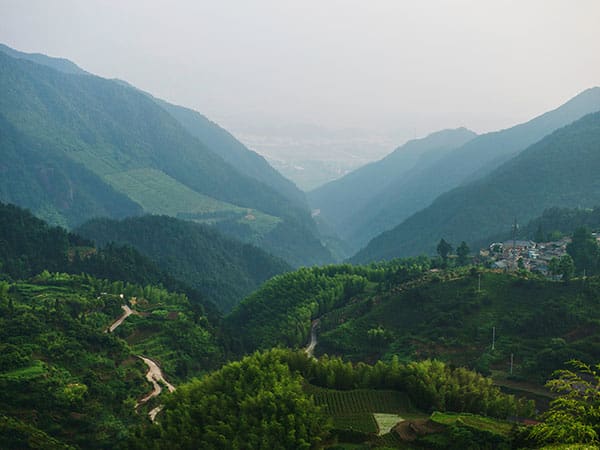


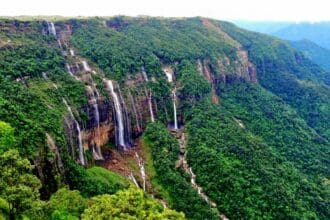






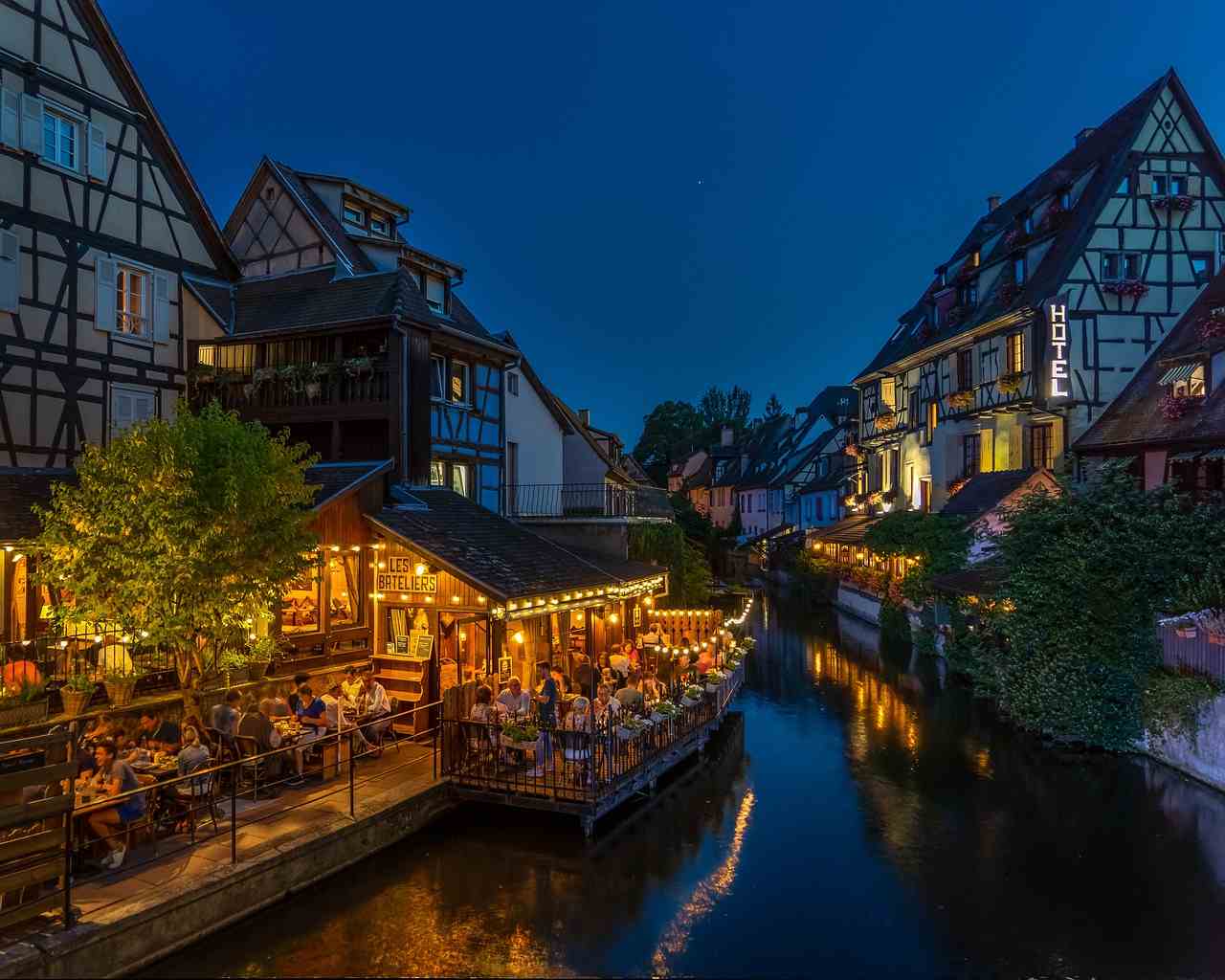

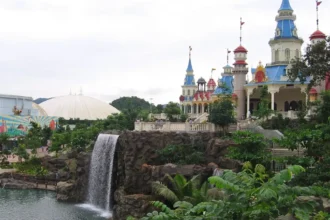

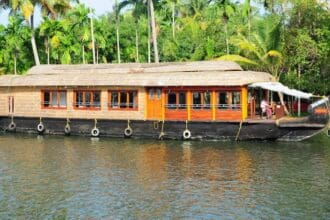



Merely wanna tell that this is very helpful, Thanks for taking your time to write this.
Hey! Quick question that’s completely off topic. Do you know how to make your site mobile friendly? My website looks weird when browsing from my iphone. I’m trying to find a theme or plugin that might be able to fix this problem. If you have any recommendations, please share. Appreciate it!